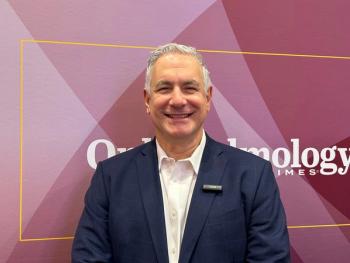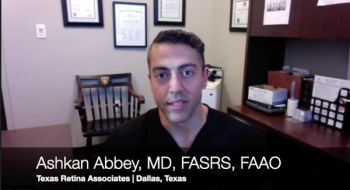
The ins and outs of partnership agreements
The particulars of partnership agreements often vary depending on the circumstances and culture of a practice, in almost all cases they cover four subjects: practice buy-ins, division of net income, governance issues, and buy-outs. The three elements, which a person is essentially buying, are a practice's tangible assets, accounts receivable, and goodwill.
Key Points
Philadelphia-Partnership agreements are the foundation of any professional practice, including those in ophthalmology. While the particulars of agreements often vary depending on the circumstances and culture of a practice, in almost all cases they cover four subjects: practice buy-ins, division of net income, governance issues, and buy-outs.
Jeff Sansweet, an officer in Kalogredis, Sansweet, Dearden and Burke Ltd. and Professional Practice Consulting Inc., recently explained the basic elements of a partnership agreement in his presentation "Anatomy of a Partnership Agreement."
A person buying into a practice is essentially purchasing parts of each of the three elements that comprise the value of the practice. The first is the practice's tangible assets, such as furniture, fixtures, and equipment.
"Basically you pretend the asset has a useful life of 10 years and use straight line depreciation over that time," he explained.
The second element of a practice's valuation consists of accounts receivable. Many practices determine how much of them the new partner will receive by multiplying the total of receivables at the time of the buy-in by the practice's historical collection.
An alternative method is to say that all the accounts receivable earned before the new partner coming in will go to the senior doctors, and subsequent receivables will be divided equally.
Good will, the value of the practice above and beyond its assets and receivables, is the most difficult part of a practice to value. Many practices base it on a percentage of annual gross income, usually in the range of 30% to 40%. However, some practices don't use it at all, and some value good will as high as 100% of gross income. Those practices not using gross income as a valuing benchmark frequently use one times annual net income instead.
"Usually it comes down to factors such as the overhead percentage of the practice, the location, and whether it's the first time the practice has had a buy-in. If there have been previous buy-ins, you're probably going to have to follow the deal struck by your predecessors," he said.
Practice stock value
For tax purposes, the value of a practice's stock is based only on its tangible assets. That is done, Sansweet explained, because stock purchases are not tax deductible. The senior doctors receiving payment for the stock can treat the income as capital gains, which are currently taxed at 15%.
Frequently a new partner will pay for his or her share of the practice's accounts receivable and good will by reducing compensation over a period of time, usually 3 to 5 years, with the difference split among senior doctors.
"It ends up being pre-tax for the buyer, in the sense that instead of receiving the money and writing a check, you just don't receive the money and aren't taxed on it," Sansweet said.
However, the senior doctors receiving the extra income are taxed on it at ordinary rates of 35%, and so are sometimes reluctant to structure it that way.
"Usually there is some give and take around this," he said.
Sansweet added that some practices fall into the trap of paying associates so much that it doesn't make sense for them to become a partner.
"I've seen it happen where people choose to remain associates because they would potentially make less money and take more risk and have more headaches as a partner, and some of them just decide not to do it."
Newsletter
Don’t miss out—get Ophthalmology Times updates on the latest clinical advancements and expert interviews, straight to your inbox.





















































.png)


